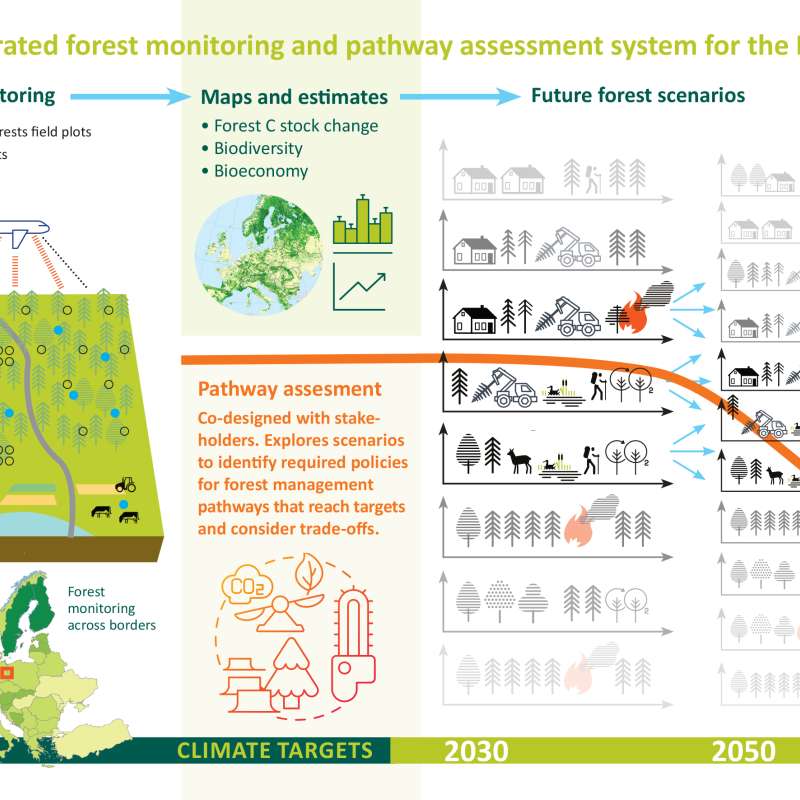Ryan Bright
Senior Research Scientist
Biography
Research interests: - Ecological climatology - Albedo dynamics in boreal forests - Land surface modeling - Climate metrics for agriculture, forestry and other land use activities
Abstract
No abstract has been registered
To document
Authors
Sean P Healey Zhiqiang Yang Angela M Erb Ryan Bright Grant M Domke Tracey S Frescino Crystal B SchaafAbstract
No abstract has been registered
To document
Authors
Lucas K. Johnson Zhiqiang Yang Angela Erb Ryan Bright Grant M. Domke Tracey S. Frescino Crystal B. Schaaf Sean P. HealeyAbstract
No abstract has been registered

